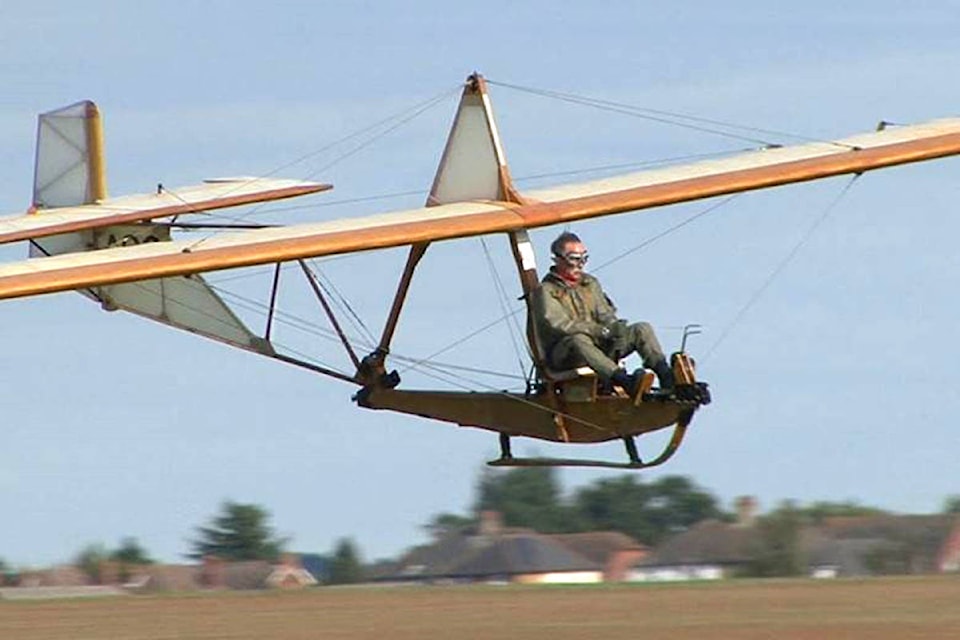“You, Corporal Warland, are a pain in the arse.” Captain Geoffrey Roberts
By Peter Warland
Quite frankly, I was a tad jealous of the late Bud Philip Abbott. He was older than I am and therefore old enough in the last World War to fly raids unto German territory. He was a tail gunner in the Fleet Air Arm.
In those years I had wanted (desperately) to fly, especially as a pilot, and fly into the face of the Germans, especially the Luftwaffe. This wasn’t because the Luftwaffe were bombing my homeland; it was because I was a young man and flying in war would obviously be exciting.
By 1918, a few years before I was born, my father had joined the Royal Flying Corps, which eventually became the R.A.F., and he eventually became a pilot. Then the war had ended before he was shot down in flames by some flyer like The Red Baron.
When I attained the age of eighteen I had the choice of the army, the navy or the coal mines. The coal mines themselves were dangerous enough places but miners didn’t wear snappy uniforms and therefore didn’t attract girls.
I didn’t hate Germans in those days although the government tried hard to make us all do so. My family never did get bombs dropped on them but I always managed to be jealous of all of those young Germans strutting about in their snappy Luftwaffe uniforms in front of adoring frauleins.
So, in my teens, I studied astro-navigation until I was seeing stars, plane spotting so that I was able to recognize any relevant war-time air-craft, many girls from a safe distance, and chess. I never became any good at chess but I also joined the Air Cadets, learned how to march in step, to keep my forage cap from slipping off my Brylcreemed head and to read a compass.
We cadets also used to get rides to local air-fields where trainee pilots learned to land air-craft properly because almost anyone can fly an aircraft but it takes practice to land one safely.
Our squadron then acquired gliders, a Dagling, then a Kirby Cadet and the use of a farmer’s field where we might practice not crashing either, which I and the squadron leader soon managed to do.
The Dagling consisted of a wing, a bucket seat with safety harness for the pilot, controls and very little else. Our fearless Captain Roberts managed early on to flip a Dagling and land it upside down on the pointy bit at the top. We rushed over to it in order to rescue our brave leader but he waved us away, hit the harness release and so fell on to his head.
I, flying my first solo in a Kirby Cadet, experimented with thermals and attempted to get a rise out of one over the nearby highway but, to my chagrin, when I turned to come back to our air-field, I went over the river and lost altitude. I dropped below some large poplars and couldn’t stay up in order to get back to the field and thus land safely, so I set her down in the middle of the local river, the Conway which, fortunately wasn’t deep enough for us to sink nor to wash away down to the sea, much to the chagrin of Captain Roberts who was apoplectic and making dire threats on the river bank whilst still recovering from his neck injury.
It took an enormous amount of time to rescue the glider, pack it on a truck and ship it off to be inspected.
When, in 1946, I was finally conscripted into the RAF as a lowly Physical Training Instructor and never got near a plane again, my father said, “When the Kaiser knew I was flying Sopwith Pups he quickly signed the Armistice and Hitler, knowing a Warland was joining the RAF, killed himself. As pilots, we Warlands are a force to be reckoned with.”
